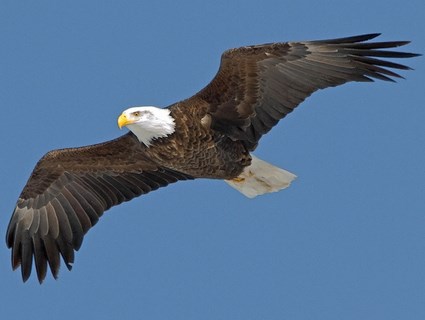
Buds of native plum (Prunus americana) are swelling; spring is coming about 3 weeks earlier than the last two years.
Unseasonably warm weather continues, and spring is well advanced, even though it’s only four days old by the calendar.
— you should have cleaned up the vegetable garden last fall, but if you didn’t, do it now! Remove dead plants and weeds, spread compost or rotted manure to prepare for spring planting.
— continue direct sow seeds of cool-weather crops such as lettuce, mesclun mix, spinach, arugula and peas. They’ll germinate and grow when the weather is warm and stall when it turns cold. But cold weather won’t hurt them, and you’ll have spring greens as early as possible.
— start vegetable seeds for warm-weather crops such as tomatoes and squash. You can find a list of dates for starting seeds in this post.
— Weed! Dig up wild garlic and dandelions and pull garlic mustard and western bittercress in your garden plots. The mustards go to seed particularly early, so it’s a good idea to pull them as soon as you recognize them. And they’re easy to pull.
— as weeds and lawn grasses begin to grow, neaten the edges of your perennial and shrub beds. It’s easier to do it now, when the weeds’ and grasses’ root systems are relatively small, than it will be once the weather turns warm.
— if you or your lawn service has sown grass seed, water several times a day until the grass is up. Otherwise you’re just scattering birdseed. And it’s much too early to fertilize the lawn. Wait until Memorial Day. Even better, don’t fertilize at all this year.
Many spring ephemerals are up, so I’ve started to uncover my shade gardens (because the autumn leaves that mulch my perennial beds are Norway maple leaves, which form solid layers that plants can’t grow through. Other kinds of leaves don’t need to be removed in spring). But it’s too early to divide or plant. Resist the temptation for a couple more weeks!
Enjoy the spring weather!

Spicebush (Lindera benzoin) is just coming into bloom.










